The classic holiday experience typically involves struggling through crowds, peering through blinding sunlight, and getting hurried through attractions in midday hours. However, the same popular sights completely transform at night, turning into new places for new activities, which most urban travelers ignore entirely. Evening hours past midnight introduce unsuspected facets to familiar sites, ranging from dramatic lighting to peaceful moods, which day traffic never gets an opportunity to experience.
Following are 20 compelling reasons to turn your schedule around and see the famous attractions in the evening rather than soaking up the sun during lunchtime.
Dramatic Lighting Transforms Everything

Nighttime illumination completely changes the character of monuments and historic sites, often highlighting architectural details that sunlight washes out. The carefully designed lighting at places like the Eiffel Tower or the Roman Colosseum accentuates textures and contours, creating a more dramatic visual impact.
Evening visits allow you to appreciate the thoughtful illumination that artists and engineers have designed specifically for nighttime viewing.
Significantly Smaller Crowds
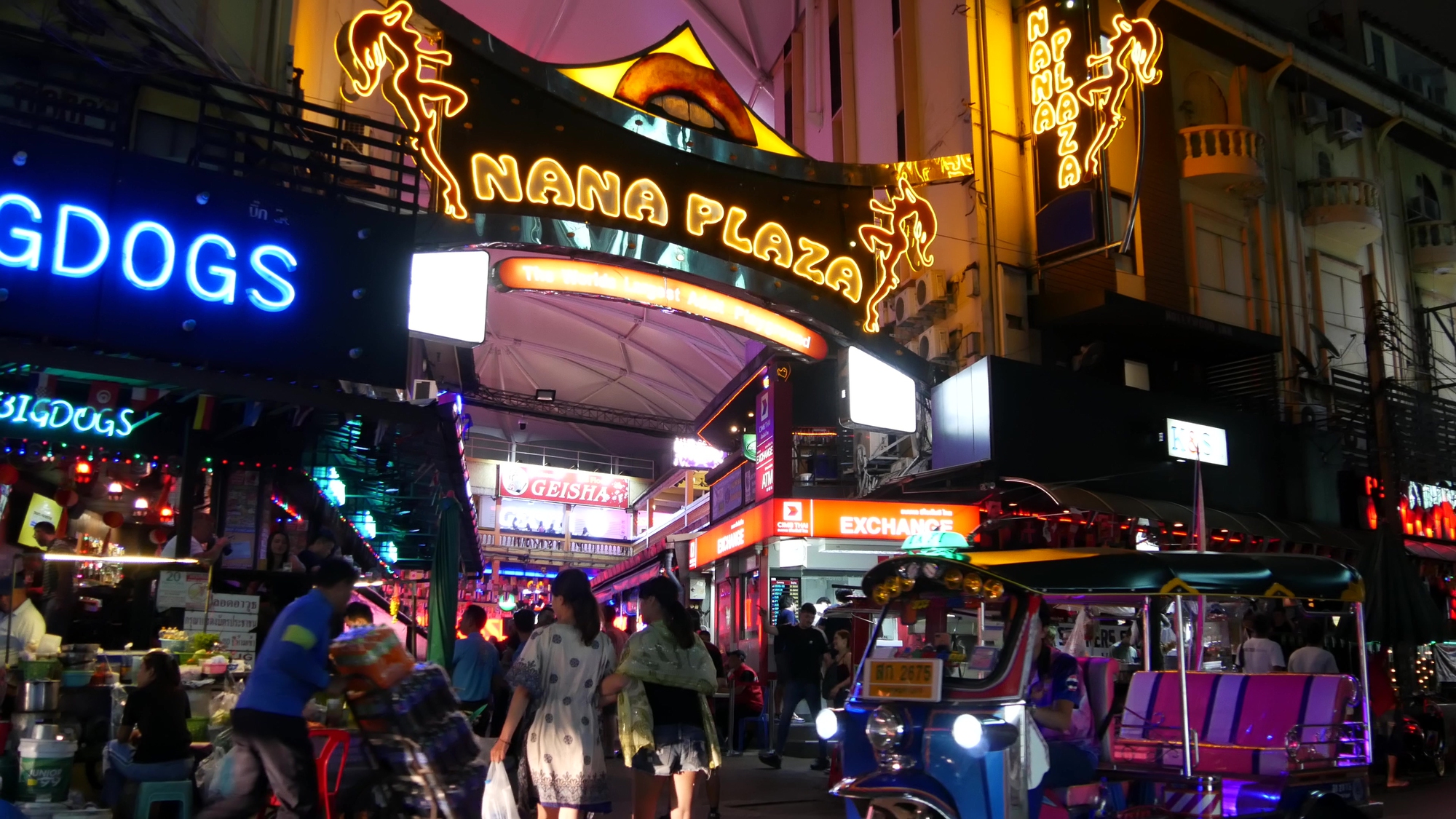
The most immediate benefit of nighttime visits is the drastic reduction in visitor numbers at most attractions. While everyone else heads to dinner or back to their hotels, you’ll find yourself with space to breathe and explore without constant jostling.
Popular viewpoints that might accommodate hundreds during the day may have just a handful of visitors after sunset, allowing for unobstructed views and peaceful contemplation.
Like Travel Pug’s content? Follow us on MSN.
Cooler Temperatures Enhance Comfort
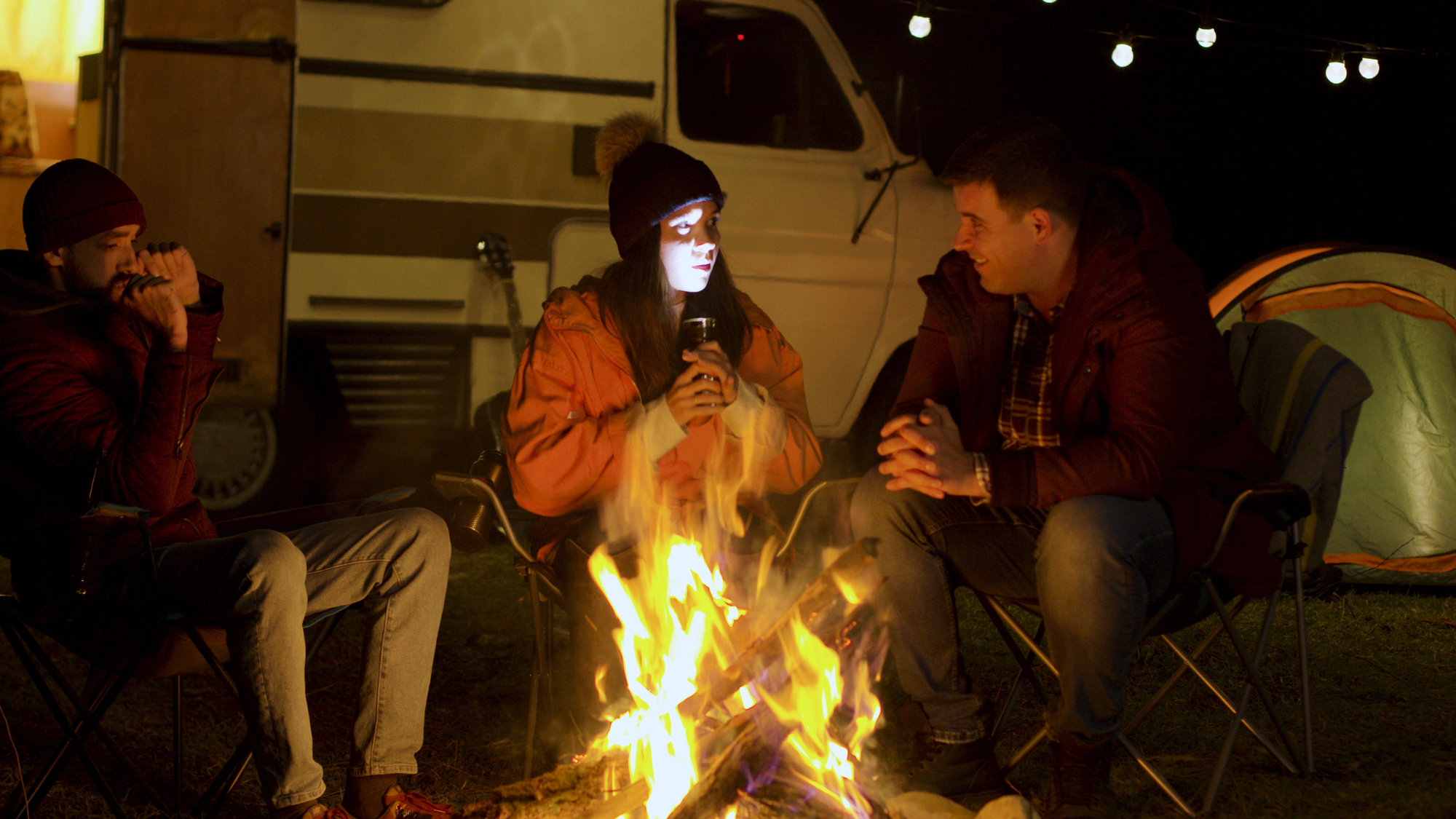
Summer tourism in many popular destinations means contending with sweltering heat during daylight hours. Evening visits offer relief from high temperatures, making walking tours and outdoor exploration much more comfortable.
The pleasant nighttime climate in places like Mediterranean cities or desert attractions transforms an otherwise exhausting experience into an enjoyable stroll.
Photography Opportunities Multiply

Night photography creates distinctive images with dramatic contrasts between illuminated subjects and dark backgrounds. Long-exposure shots of city landmarks reveal light trails from passing vehicles, while architectural lighting creates striking shadows and highlights.
Your evening photos will stand apart from the thousands of identical daytime shots most tourists bring home, giving you truly memorable visual souvenirs.
Local Culture Comes Alive

Many cities truly awaken after dark, revealing authentic local culture that daytime tourists miss entirely. Evening brings out street performers, night markets, and locals enjoying their city after work hours.
In places like Barcelona’s Gothic Quarter or Istanbul’s bazaar districts, the transition from tourist zone to local hangout happens remarkably quickly after sunset.
Like Travel Pug’s content? Follow us on MSN.
Enhanced Atmosphere at Historic Sites
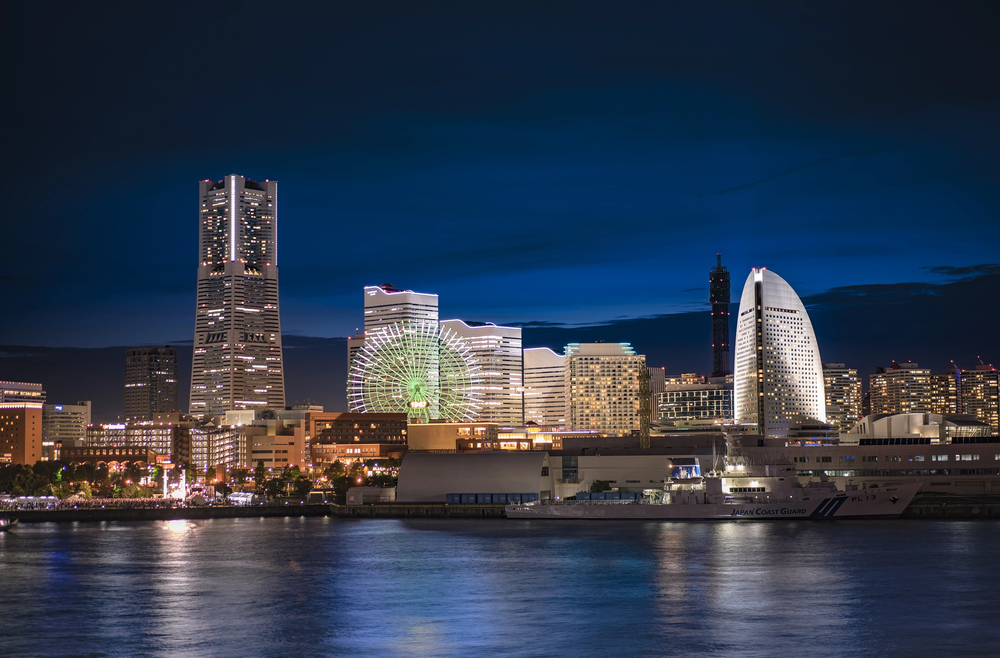
Ancient ruins and historic sites often possess a mysterious quality at night that daylight simply cannot replicate. Walking through Rome’s Forum or Athens’ Acropolis under moonlight creates an atmospheric connection to history that feels almost transporting.
The modern world recedes, allowing your imagination to envision these places as they once were more easily.
Special Evening Programs and Tours
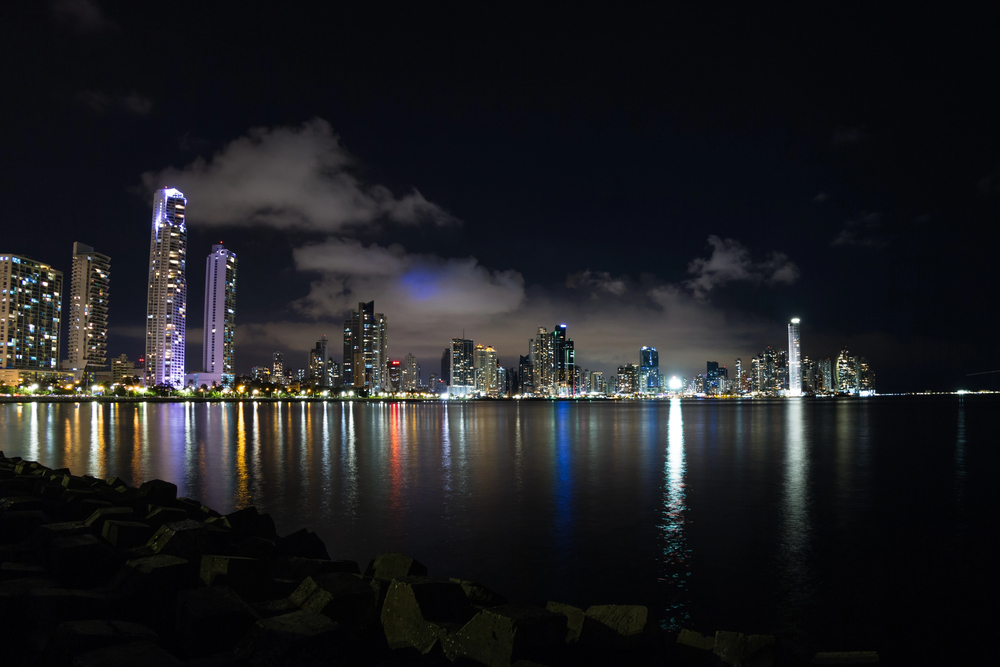
Many attractions offer specialized nighttime experiences that daytime visitors never see. From after-hours museum tours to evening sound-and-light shows at historical monuments, these programs often provide deeper insights and unique perspectives.
These special programs typically attract smaller, more engaged audiences, creating intimate experiences impossible during regular hours.
Romantic Ambiance Enhances Experiences

Famous landmarks take on undeniably romantic qualities after dark, whether it’s Venice’s Grand Canal reflecting golden lights or Paris viewed from Montmartre at dusk. Couples find that evening visits transform even the most touristy destinations into intimate settings.
The softened lighting and reduced crowds create perfect backdrops for special moments that daytime simply cannot match.
Like Travel Pug’s content? Follow us on MSN.
Star Attractions Without Sunlight Issues
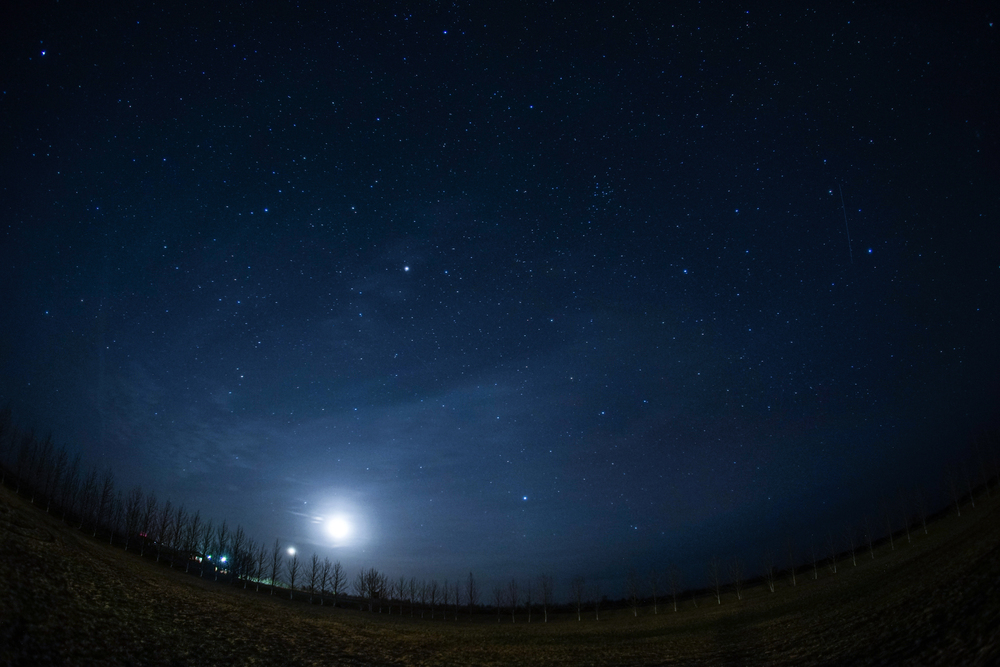
Astronomical sites and observatories obviously function best after dark, but many other attractions benefit from nighttime viewing. Desert landscapes, mountaintop viewpoints, and coastal areas offer completely different experiences under starlight.
Natural wonders like Bryce Canyon or Mauna Kea become portals to astronomy rather than merely scenic views.
Reflections Add Visual Dimension
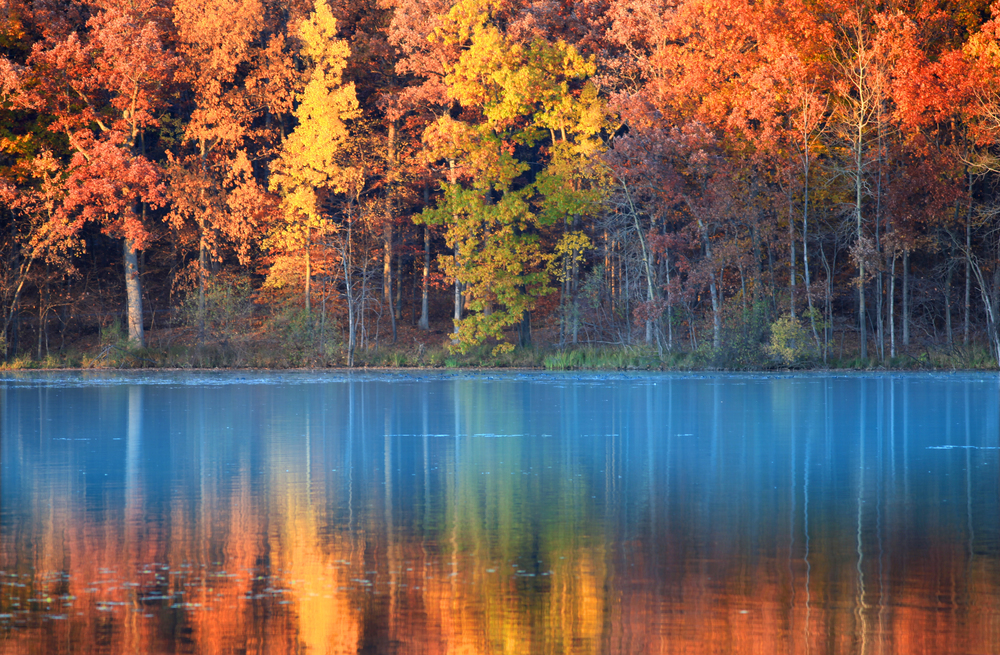
Water features near famous landmarks create stunning mirror images at night that rarely appear during daylight hours. The still waters of the Taj Mahal’s reflecting pools or Amsterdam’s canals double the visual impact of illuminated architecture.
These reflections often create photography opportunities that prove far more compelling than their daytime counterparts.
Unique Wildlife Encounters Become Possible

Nature-focused attractions often showcase completely different animal species after dark. Wildlife reserves, tropical forests, and marine environments reveal nocturnal creatures that daytime visitors never encounter.
Evening safari drives or night walks through rainforests introduce travelers to an entirely different ecosystem operating under the cover of darkness.
Like Travel Pug’s content? Follow us on MSN.
Distinctive Soundscapes Emerge
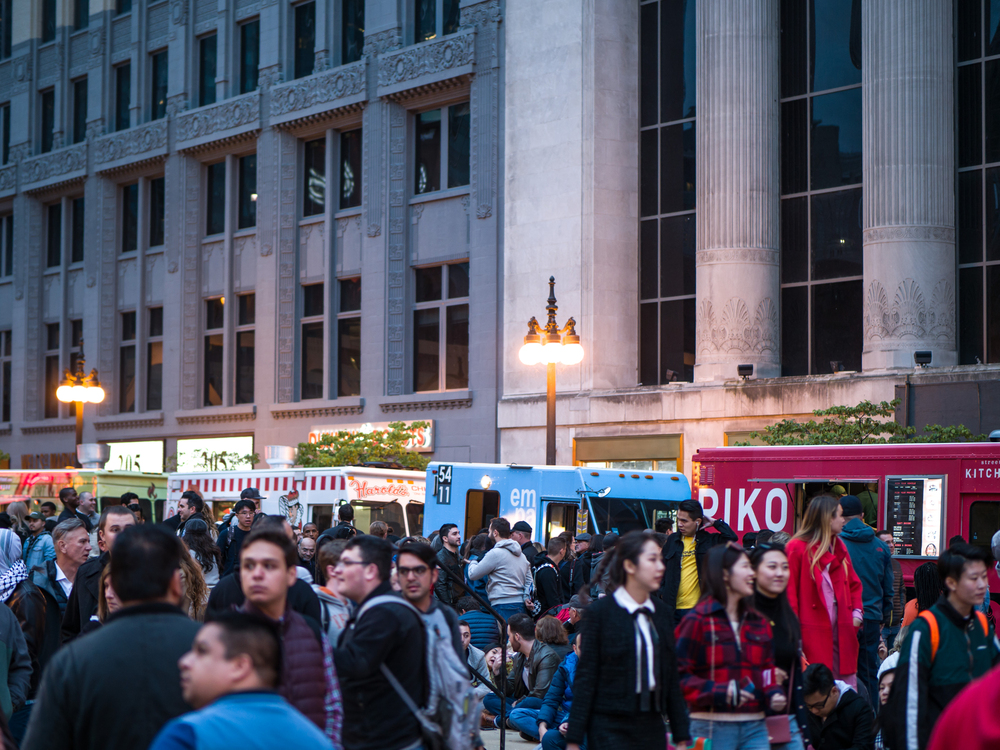
The auditory experience of famous places changes dramatically after sunset. Daytime’s mechanical noise and crowd chatter give way to subtler sounds—distant music, conversations carrying across the water, or natural elements like wind or waves.
In places like Venice’s quiet back canals or Granada’s Alhambra, these evening soundscapes create multilayered sensory experiences.
Exclusive Access Opportunities Increase
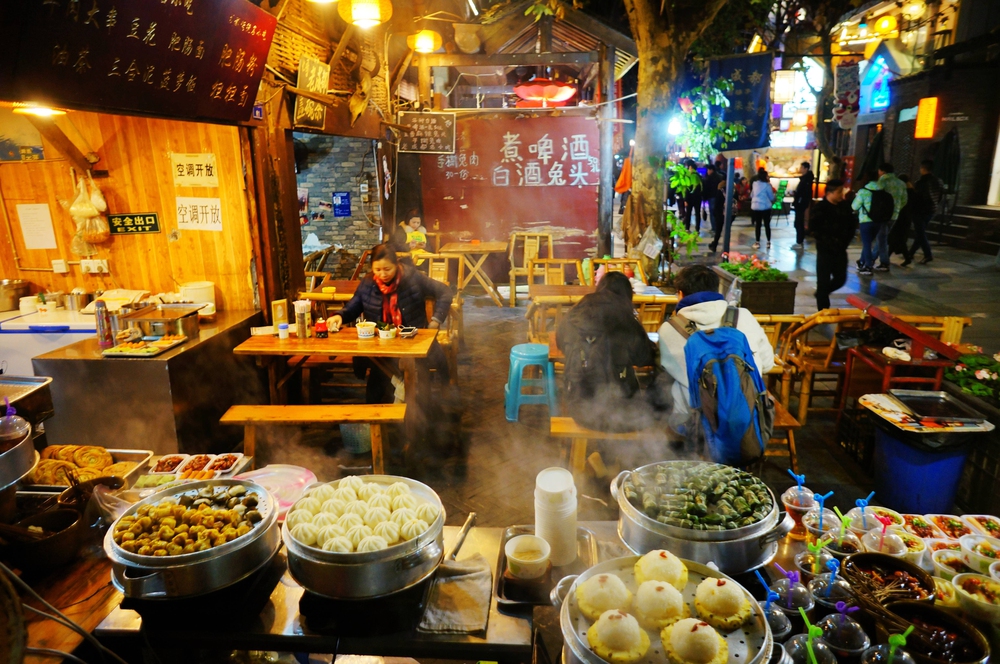
Some attractions offer limited nighttime access, making experiences impossible during regular hours. Whether sleeping among exhibits in museums, after-hours access to observation decks, or evening boat tours through illuminated harbors, these exclusive experiences often become trip highlights.
The premium sometimes charged for these experiences typically proves worthwhile for the enhanced quality they deliver.
Transformed Religious Sites
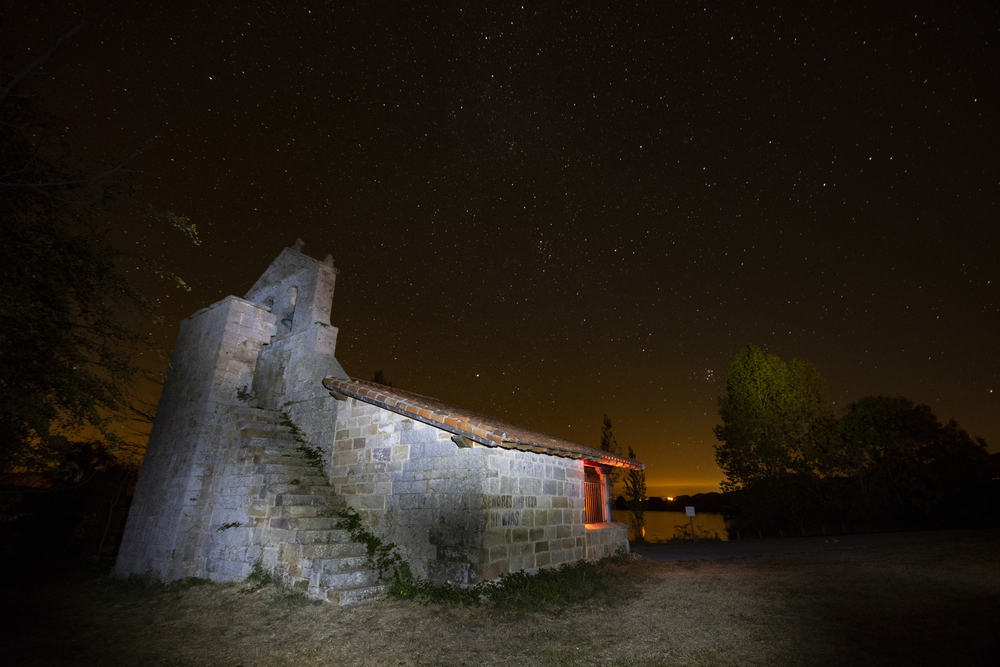
Sacred spaces like cathedrals, temples, and mosques take on particularly spiritual qualities during evening services or quiet nighttime hours. The candlelit interiors of Notre Dame or the illuminated domes of Istanbul’s mosques create contemplative environments rarely experienced during busy daytime tours.
Evening visitors often gain a more profound appreciation for these sites’ spiritual significance rather than just their architectural features.
Like Travel Pug’s content? Follow us on MSN.
Unique Transportation Experiences

Evening hours often involve distinctive transportation options that enhance the journey between attractions. Nighttime gondola rides, evening river cruises, or after-dark tram journeys through historic districts become memorable experiences themselves.
These transportation options often offer superior viewing platforms for illuminated cityscapes that daytime travelers miss entirely.
More Authentic Dining Experiences

Evening exploration naturally connects to local dining culture in ways that daytime tourism rarely does. Moving between nighttime attractions brings opportunities to discover restaurants where locals actually eat, away from midday tourist traps.
The authentic evening dining scene in cities like Tokyo, Barcelona, or New Orleans reveals culinary dimensions that daytime visitors rarely experience.
Enhanced Performance Venues

Theaters, concert halls, and performance spaces were designed to shine at night, both literally and figuratively. Visiting famous venues like the Sydney Opera House or Vienna’s Musikverein during evening performances allows you to experience these landmarks as their architects intended.
The buildings themselves become active participants in cultural experiences rather than merely architectural shells.
Like Travel Pug’s content? Follow us on MSN.
Hidden Details Become Visible
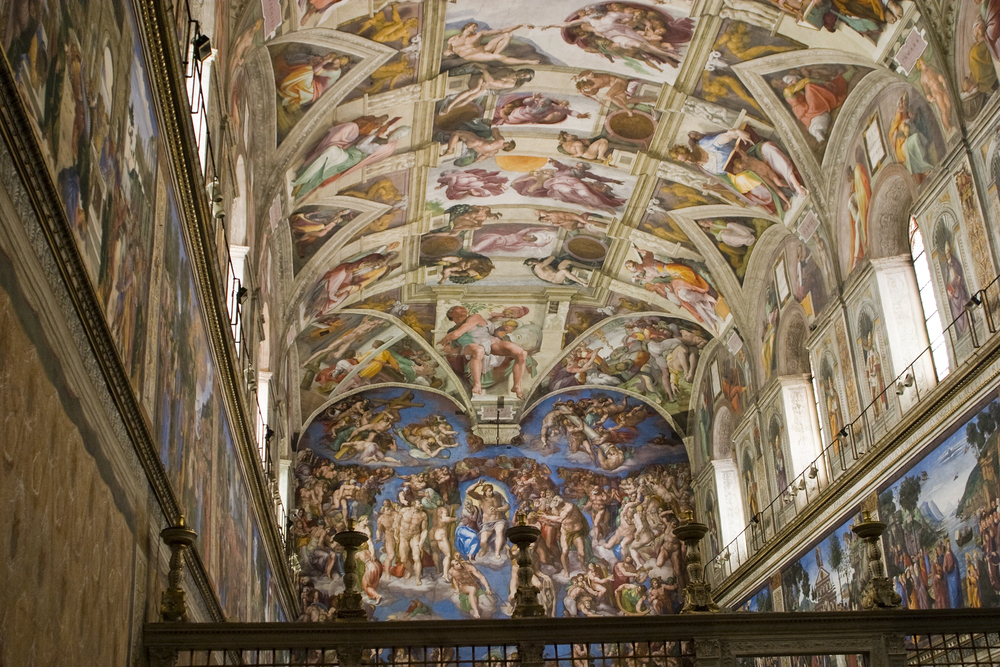
Careful illumination often reveals artistic details that sunlight obscures during daytime visits. Ceiling frescoes, intricate carvings, and architectural elements of famous sites often become more visible under directed lighting.
Evening visits to attractions like the Sistine Chapel or Granada’s Alhambra reveal nuances that most daytime tourists completely overlook despite standing in the same spots.
Magical Fountain and Water Shows
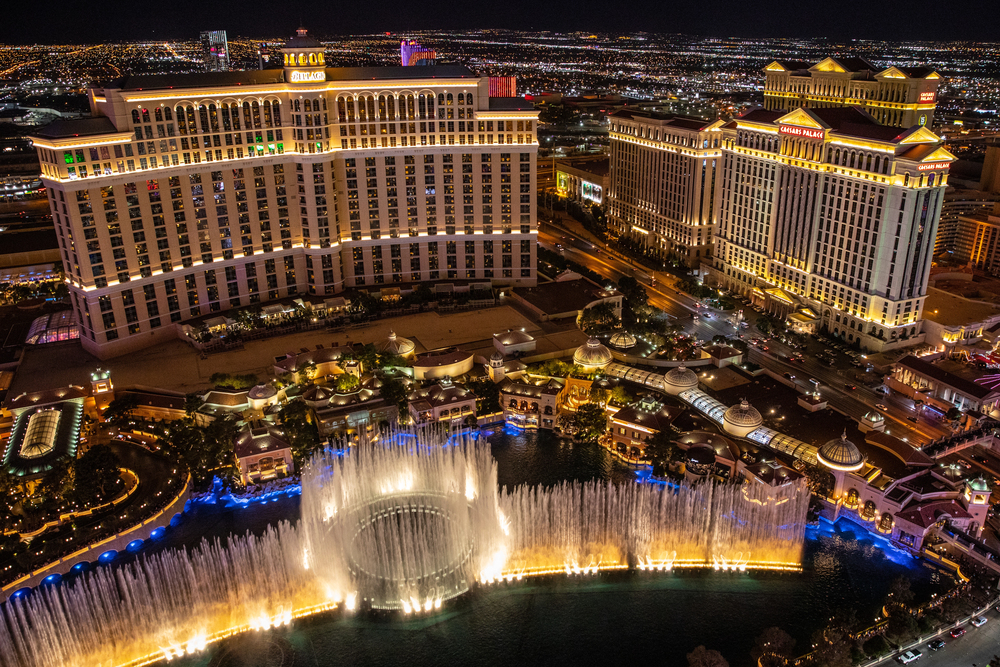
Many famous destinations feature spectacular water displays that only operate after dark. From the Bellagio fountains in Las Vegas to the Magic Fountain of Montjuïc in Barcelona, these choreographed water and light shows transform public spaces into magical theaters.
These performances create communal experiences among visitors that rarely happen during individualistic daytime sightseeing.
More Engaging Local Interactions

Evening visitors often encounter more authentic interactions with locals who appreciate tourists interested enough to experience their city beyond standard hours. From museum guides with more time to chat during quieter evening sessions to street vendors with fascinating stories, nighttime exploration creates opportunities for meaningful cultural exchange.
These spontaneous connections frequently become cherished travel memories long after physical attractions fade from memory.
Like Travel Pug’s content? Follow us on MSN.
The Nighttime Perspective

Changing the timing of visits to include nighttime experiences entirely revolutionizes the entire tourism experience from checklist sightseeing around locations to experiential visits within locations. Other tourists rush through crowded locations under unpleasant midday weather, while night tourists capitalize on the vibrant character of landmark locations that can only be appreciated after dark.
This second type of visitation to well-known locations not only avoids the worst of tourism but also accesses the real magic that originally attracted visitors to these extraordinary places.
More from Travel Pug

- Cities Growing so Fast You Won’t Recognize Them in 10 Years
- 13 Destinations Where Tourists Regularly Regret Their Trip
- 20 Obscure WWII Sites Even History Buffs Don’t Know About
- 10 Under-the-Radar Mountain Towns That Are Both Affordable and Beautiful
- Remote Villages in Europe Where You Can Live for Free in Exchange for Work
Like Travel Pug’s content? Follow us on MSN.
